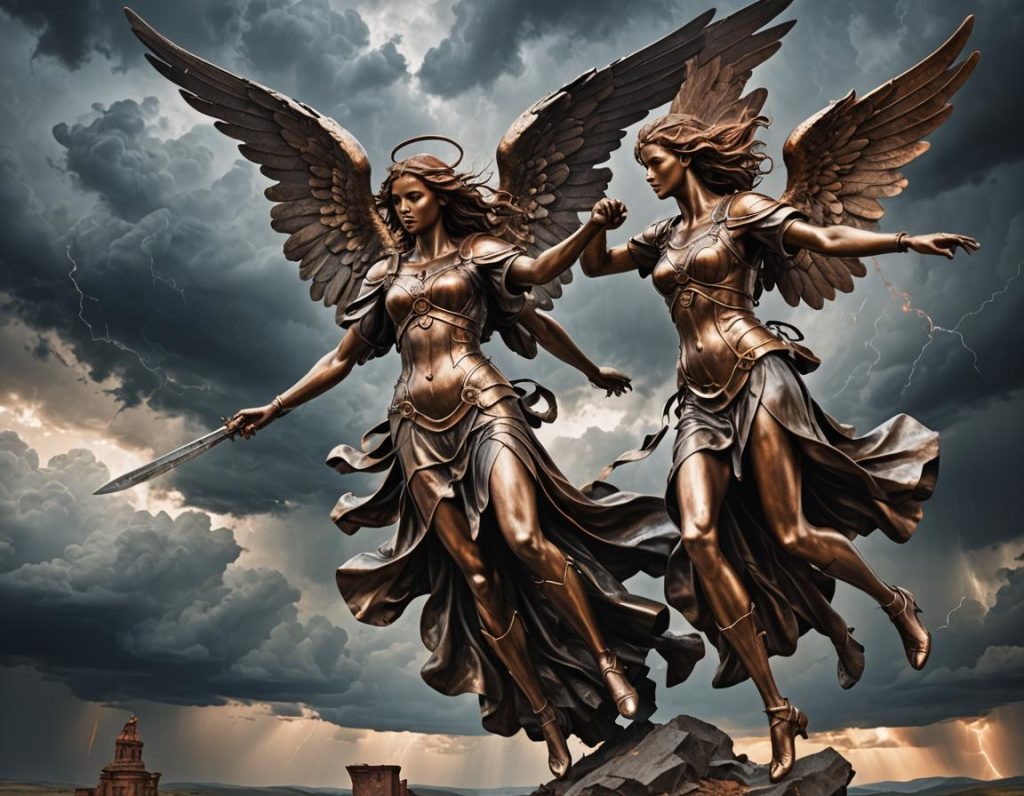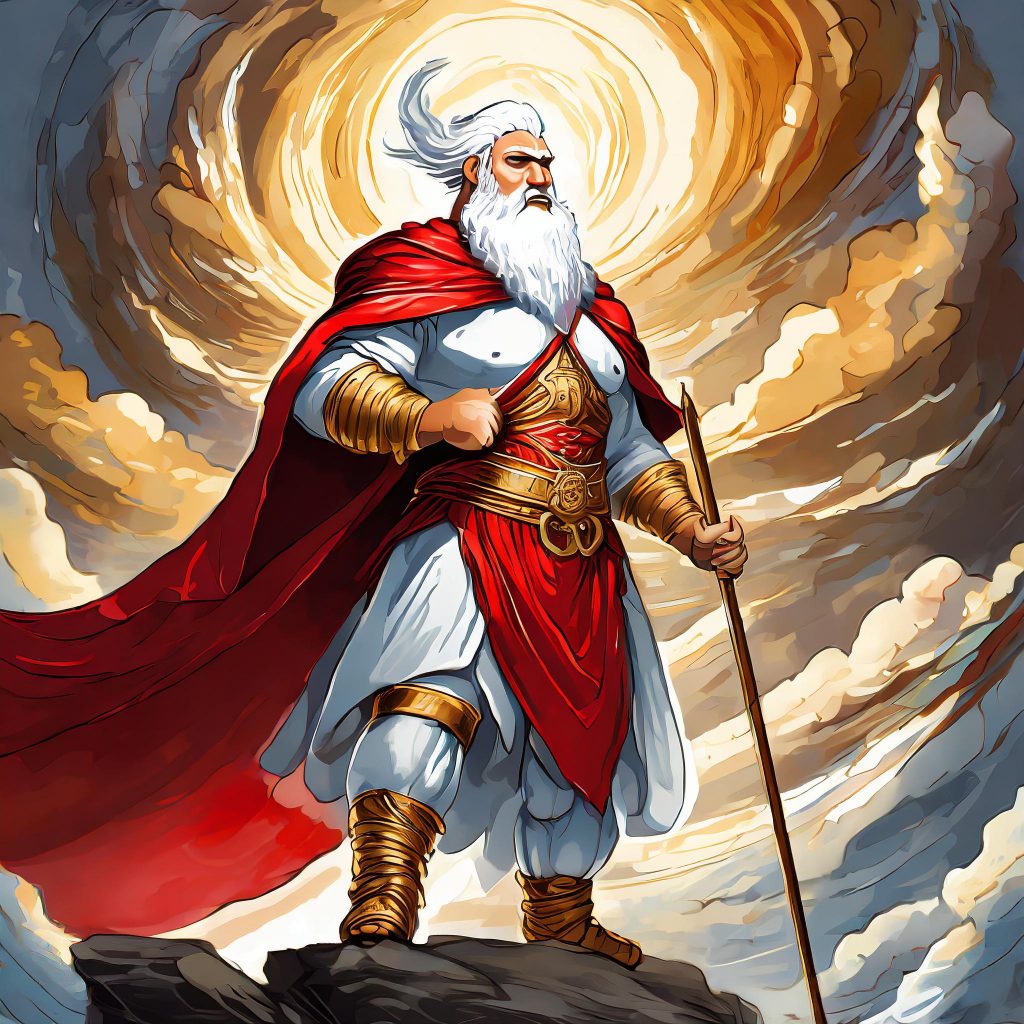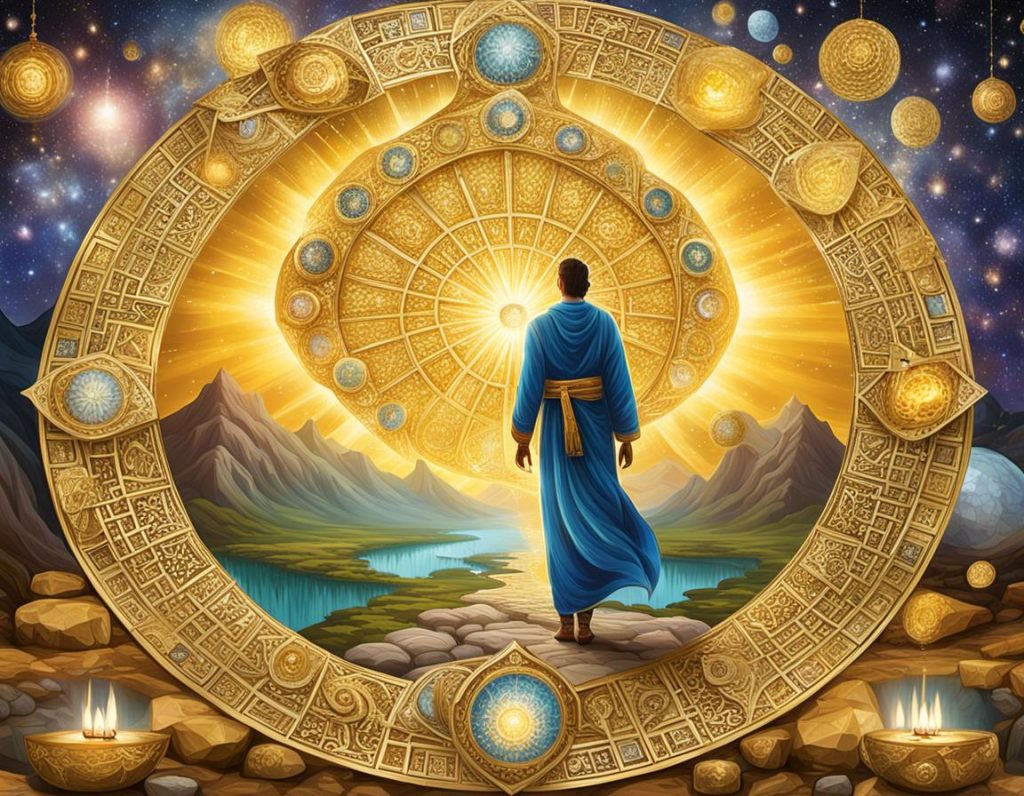
The third upward transmutation is that of iron into copper. To move into the fourth stage of the Mithraic Ladder is to move to the central stage: there are three stages both above and below. Befitting this central position is that copper represents the coming together of men and women in bonds of mutual love. This doesn’t mean that the transmutation into copper occurs without drama.
In a state of Nature, men fight for reasons, and the primary reason is women. The hardening to iron of any of the male expressions of life is usually in order to win fights for territory and status, the two prerequisites of attracting women. This is why the man of iron is typically what has been selected for in all low-sophistication cultures throughout time. But as cultures progress towards glorious civilisations, people of higher frequencies than iron start to appear.
In transmuting to copper, a man of iron begins to colourise. Lead, tin and iron are all a shade of grey. Copper, by contrast, has colour, reflecting the fact that it is a semi-precious metal, unlike lead, tin and iron. The reddish hues of copper symbolise the fire of the soul that is now beginning to rise.
This stage of transmutation is just as applicable to women as to men. It might not be as stereotypical for a female character to become a person of iron, in comparison to a male one, but it can still happen – and perhaps would make for a less cliched story. Women might not be as good as men when it comes to fistfighting, but they are just as capable of becoming hard-bitten. Thus, a woman is just as capable as a man of being put in a situation where she must transmute iron into copper.
Copper is a stage in the mental realm, reflecting the fact that intelligence – not of much use in transmuting lead into tin or tin into iron – is of great use in transmuting iron into copper. It’s primarily intelligence that causes a person to see the value in being something more than hard. (this is a foreshadowing of the future transmutation to mercury).
In the same way that the character of lead must let go of fear of death to become a character of tin, the character of iron must let go of fear of weakness to become a character of copper. Iron is the will to physically dominate at all costs. As such, its transmutation into copper begins when a character comes to realise that there are more important things than physical domination.
Once a fighter decides to become a lover instead, they begin the transmutation of iron into copper.
A character can become motivated to make such a change when they realise that other people don’t really respect people of iron. They might fear people of iron, but not respect them. The people of iron don’t get invited to the highest positions, or the best parties, or offered the best jobs, because they tend to scare others too much.
The person of copper is oriented primarily towards their family. At the level of iron or below, a person is primarily concerned with looking tough, cool or terrible in front of their friends or comrades. Such interests fade away when a person is tasked with raising and protecting a family.
Physically, the transmutation of iron to copper is encapsulated in the “Dad bod”. The entire concept of a dad bod reflects the observation that, for many men, once they have children and no longer feel the pressure to be tough and to fight over women, the incentive to maintain fitness and leanness is gone. A female character can also, of course, become fat once they advance past the imperative to attract a romantic partner.

It’s also reflected in general appearance. The character transmuting from iron to copper stops wearing black and starts wearing colours. They stop wearing skulls as adornments and start wearing love hearts. Their entire vibe switches from trying to intimidate to trying to win love.
Copper is, of course, better for making weapons than the other metals than aren’t iron. This is reflected in the fact that characters of copper are still highly effective at fighting, they’re just past the physical fighting prime that was achieved in the frequency of iron.
A character of copper is also signficantly more social than a character of iron. When the character of iron starts to realise that, through polishing their social qualities, they can obtain pleasures that cannot be obtained through violence, they start to transmute to copper. Because copper is a semi-precious metal, a character of copper can seem like a kind of nobility to characters of lower tiers. The ensuing admiration can be what drives such characters to rise to the level of copper.
Reflecting this increased sociability, a character of copper can play with children in a way that a character of iron cannot. In fact, the reaction of children can demonstrate that a transmutation from iron to copper has taken place. A character of iron might not care if they lose a game to a child, because they’re indifferent. A character of copper doesn’t care about the loss, because, unlike the character of iron, they care about the child and its socialisation.
Psychosexually, the transmutation from iron to copper is analagous to going from having sex to making love. The character of iron doesn’t feel the need to make love – they doesn’t care too much about how the other person feels. The character of copper makes love, reflecting their superior capacity for empathy in comparison to the lower three levels.
A typical psychosexual transformation at this stage might be a woman who learns to control men of iron through her sex appeal. Copper learns to dominate iron, not through hardness and violence as iron dominates tin and lead, but through subtler means. Copper is that in civilisation which tames the beast. This is why copper can also represent small-scale trading and business.
Spiritually, the colourisation characteristic of copper represents the first real flowering of divinity. The lower three metals are all dull, the higher four are all colourful. Copper is the first of the colourful, representing a character’s first inkling of some higher order of divinity in the world.
Copper can be realised just as easily through masculine as feminine energies. However, in transforming from iron to copper there tends to be less fiery energy and more watery energy. This quenching of rage is perhaps the essential emotional and spiritual transformation. A character must learn to sublimate anger into something higher in order to pass beyond the frequency of iron.
Perhaps the best-known transmutation of iron into copper is that of Samwise Gamgee in Lord of the Rings. Indeed, completing a great journey and winning your dream girl is an archetypal hero’s journey. Spiritual purification need not end there, however: a minority of characters go further, to the realm of silver.
*
This is an excerpt from Viktor Hellman’s The Alchemy of Character Development, the sixth book in VJM Publishing’s Writing With Psychology series. This book will show you how to use alchemy to create deep, realistic and engaging characters for your creative fiction.
*
If you enjoyed reading this piece, buy a compilation of our best pieces from previous years!
Best VJMP Essays and Articles of 2023
Best VJMP Essays and Articles of 2022
Best VJMP Essays and Articles of 2021
Best VJMP Essays and Articles of 2020
Best VJMP Essays and Articles of 2019
Best VJMP Essays and Articles of 2018
Best VJMP Essays and Articles of 2017
*
If you would like to support our work in other ways, make a donation to our Paypal! Even better, buy any one of our books!




